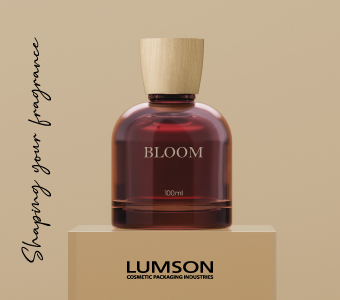In a paper published in the September issue of the journal Nano Letters, a team led by Lisa DeLouise Ph.D. at the University of Rochester Medical Center (NY) reports that nanoparticles pass through the skin of a living organism, a type of mouse commonly used as a model to study the damaging effects of sunlight.
Health implications not part of the study
While its study is evidencing that some nanoparticles are so small that they can actually seep through skin of certain mice, the health implications of nanoparticles in the body are uncertain, said DeLouise, an assistant professor of Dermatology and Biomedical Engineering and an expert on the properties of nanoparticles.
DeLouise points out that her study did not directly address the safety of nanoparticles in any way. "We simply wanted to see if nanoparticles could pass through the skin, and we found that they can under certain conditions," she said.
Skin penetration evidenced

In its paper in Nano Letters, the team studied the penetration of nanoparticles known as quantum dots that fluoresce under some conditions, making them easier to see and track compared to other nanoparticles. The scientists looked at the distribution of quantum dots in mice whose skin had been exposed to about the same amount of ultraviolet light as might cause a slight sunburn on a person.
The team showed that while the nanoparticles were able to breech the skin of all the mice, the particles passed more quickly through skin that had been damaged by ultraviolet light.
Part of the explanation likely lies with the complex reaction of skin when it’s assaulted by the Sun’s rays. In response to ultraviolet light, cells proliferate, and molecules in the skin known as tight-junction proteins loosen so that new cells can migrate to where they’re needed. Those proteins normally act as gatekeepers that determine which molecules to allow through the skin and into the body, and which molecules to block. When the proteins loosen up, they become less selective than usual, possibly giving nanoparticles an opportunity to pass through the barrier. Some of the particles are so small, less than 10 nanometers wide (a nanometer is one-millionth of a millimeter), that they are nearly as small as the natural gaps between some skin cells.
Titanium dioxide and zinc oxide remain to be studied
In the future, DeLouise plans to study titanium dioxide and zinc oxide, two materials that are widely used in sunscreens and other cosmetic products to help block the damaging effects of ultraviolet light.
In recent years the size of the metal oxide particles used in many consumer products has become smaller and smaller, so that many now are nanoparticles. The interest of such a small particle size is to allow sunscreens to be completely transparent when applied to skin.



































